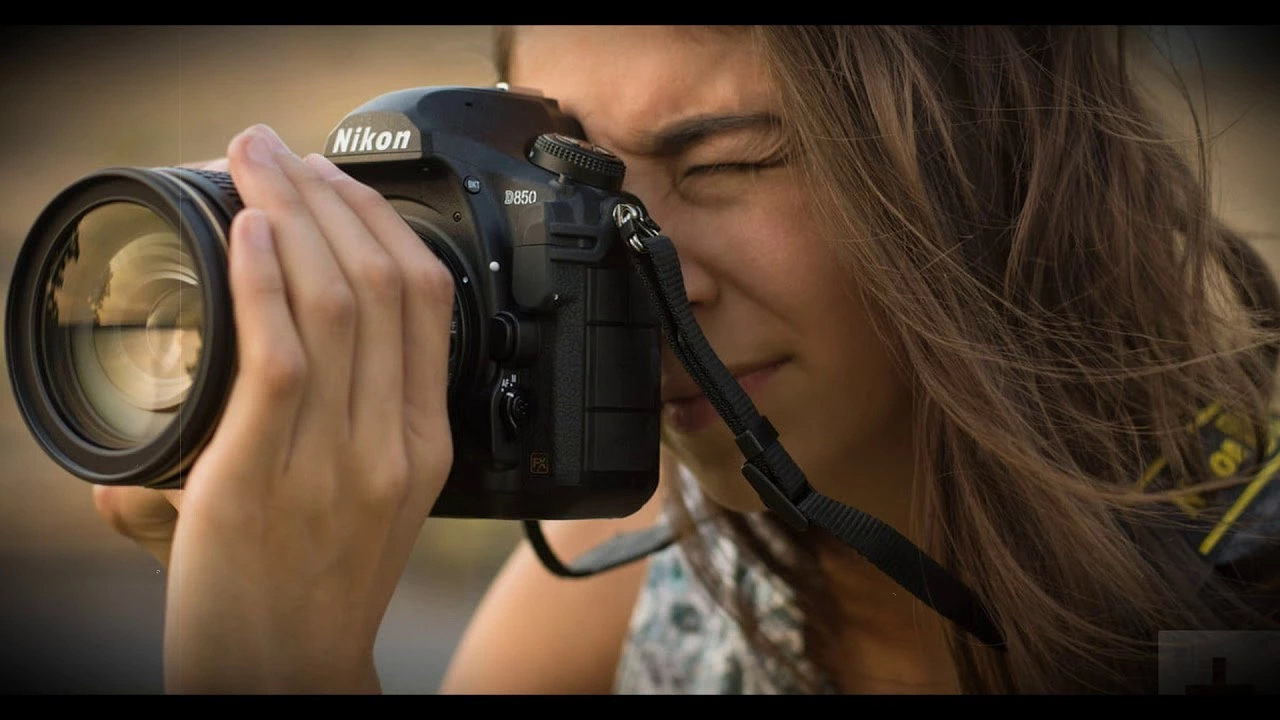In my experience, Nikon cameras are excellent for outdoor photography. Their robust build quality can withstand various weather conditions, making them great companions for outdoor adventures. Their superior image quality and dynamic range make them capable of capturing stunning landscapes and wildlife shots. The battery life on most Nikon models is impressive as well, allowing for extended use in the field. So, if you're into outdoor photography, a Nikon camera could be a perfect fit for you.
Photography and Outdoor Equipment Reviews – What You Need to Know
When you step outside with a camera, the gear you carry can make the difference between a good shot and a great one. That’s why we break down the latest equipment in plain language, so you can decide fast and get back to shooting.
First off, think about durability. Outdoor conditions bring rain, dust, temperature swings, and rough handling. A camera or lens that can survive a sudden downpour or a tumble off a rock will keep you focused on the scene, not on protecting your gear.
Why gear matters for outdoor shots
Image quality is only part of the story. A robust build lets you stay longer in the field without worrying about damage. Battery life matters too—nothing stops a sunrise shoot faster than a dead battery. Look for models that promise at least a full day of use on a single charge.
Weight and size are also key. Carrying a heavy kit can limit how far you trek, and a bulky bag can slow you down. Many modern lenses use lightweight composites that keep weight down without sacrificing performance, which is a win for hikers and wildlife hunters alike.
Top picks and honest reviews
One frequently asked question is, “Are Nikon cameras good for outdoors?” The short answer is yes, and here’s why. Nikon bodies are built with weather‑sealed shells that keep out moisture and dust. Their sensors deliver a wide dynamic range, so you capture detail in both bright skies and dark shadows. Battery performance on most models outlasts many competitors, letting you shoot for hours without a charger.Beyond Nikon, we’ve tested several other brands. Mirrorless options from Sony and Canon provide fast autofocus and compact bodies, which appeal to travel photographers. Meanwhile, rugged action cams from GoPro excel at hands‑free recording but lack the interchangeable lens flexibility of a DSLR.
When we rank gear, we score three things: durability, image performance, and usability in the field. A camera that scores high on durability but lags on autofocus might still be a good choice for landscape work, whereas a fast‑focusing mirrorless system shines for wildlife.Our reviews also include real‑world feedback from hikers, climbers, and park rangers. They tell us which batteries survive sub‑zero temps, which lenses stay clear after a spray of water, and which straps hold up after months of use.
Bottom line: pick gear that matches the environment you’ll be in. If you’re chasing storms, prioritize weather sealing and a strong grip. If you’re doing long treks, go for lightweight bodies and long‑lasting batteries. And always read a few hands‑on reviews to see how the product works outside the showroom.
Ready to upgrade your kit? Browse our latest reviews, compare specs, and find the equipment that fits your outdoor style. With the right gear, you’ll spend less time fussing and more time capturing the moments that matter.

